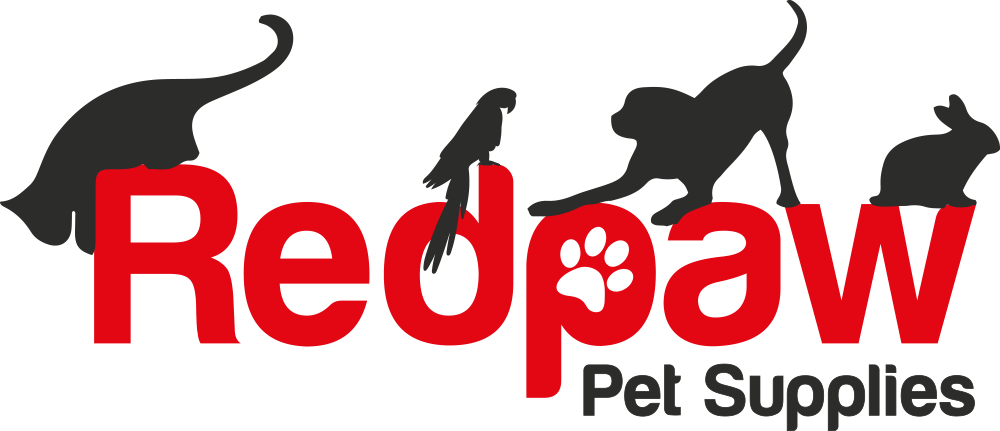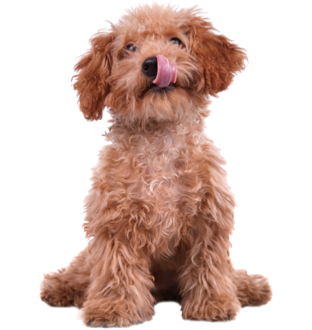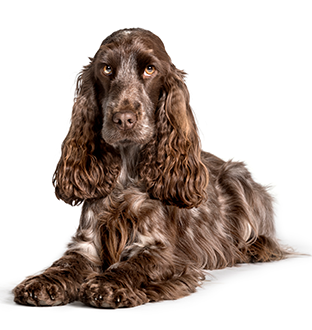Raw Feeding Information
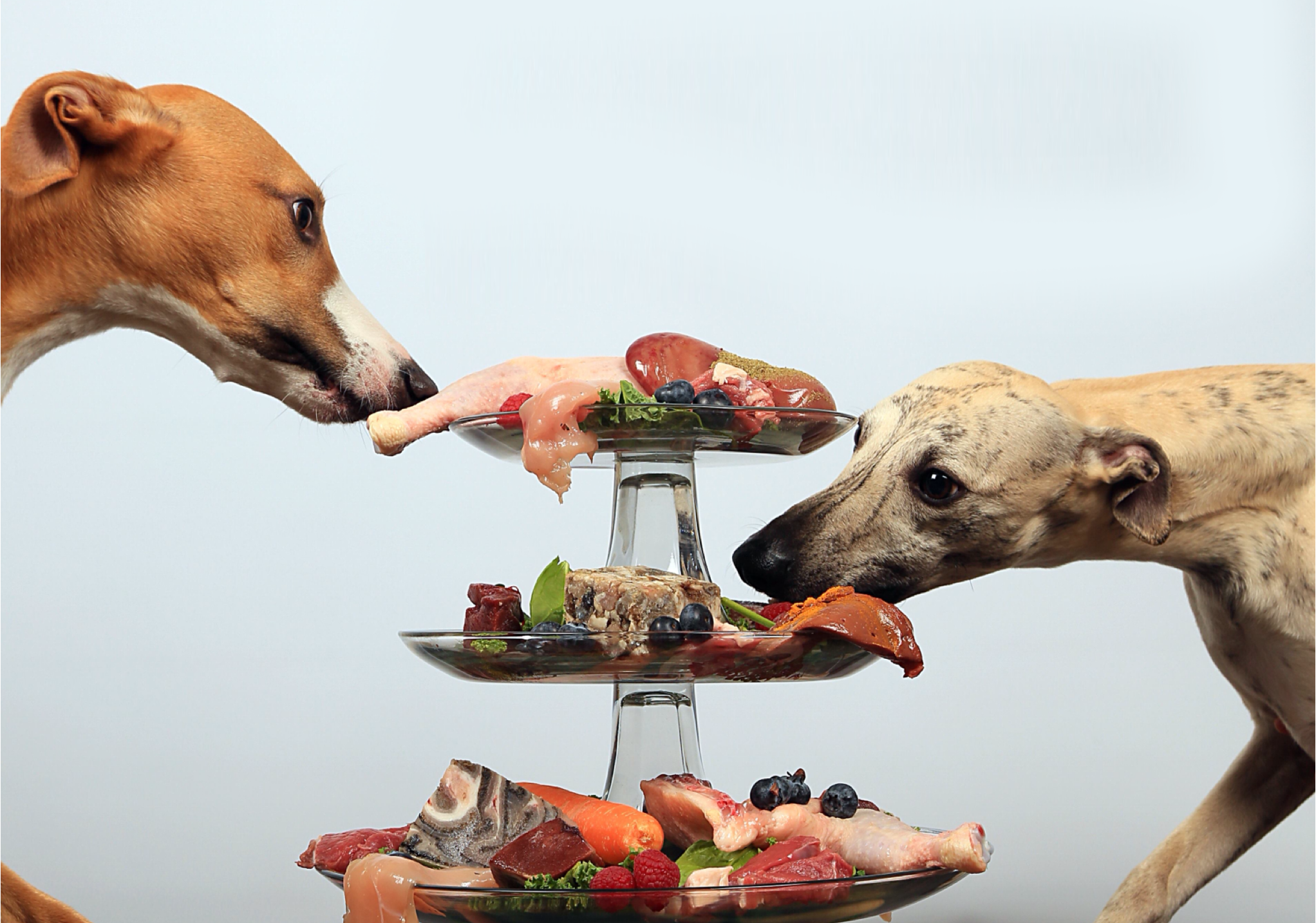
Raw Feeding Calculator
DOG – Switching to raw could not be more easy
Watch this video to learn why feeding raw could benefit your dog.
Feeding your dog a raw diet can make a difference to allergies, appetite issues, sensitive digestion and food intolerances.
- Calculating your dog’s daily raw food ration – it is very important to know your dog’s bodyweight and regularly weigh them when feeding a raw diet. Below is our raw feeding calculator which gives you a guide of the amount of daily food portion. It is very important to remember that ever dog is different, and you may need to adjust these amounts, to suit your dog’s metabolism, breed, age and lifestyle.
- Adult dogs should be fed approximately 2-3% of their body weight daily.
- Puppies depending on age should be fed 5-10% of their body weight daily. Due to growth spurts, you need to monitor their condition closely and change food intake to suit their individual needs. Generally, as a rule of thumb – puppies start at 10% of their bodyweight and then slowly the percentage is reduced. Daily requirements usually reduce around 8-10 months of age.
Amount to feed your dog per day
How many meals
Adult dogs can be fed 2 meals a day but there are no fixed rules, some dogs will prefer just one meal a day. For a dog with a healthy weight, aim to feed them approximately 2-3% of their body weight each day. But remember this is a guide only as mentioned above and depends on your individual dog.
How to Start
- When introducing raw start days 1-5 by dividing daily rations into 50% raw and 50% previous food.
- Feed in alternating separate meals – avoid mixing raw and previous food, if possible, for easier digestion adjustment.
- Ideally meals should be 6 to 8 hours apart
- Days 5-7 – 75% raw, 25% previous food.
- From day 8, feed 100% raw food.
Most healthy dogs can cope really well without a transition period, but we recommend the above method to allow the dogs body time to:
- To adjust its digestive enzyme release, for the stomach PH to alter, and the friendly bacteria (intestinal microbiome) to adapt and promote healthy digestion and metabolism.
Raw Pet Food Safety
Defrosting Raw Pet Food
In line with advice from the Food Standards Agency, we outline a couple of ways in which you can defrost raw pet food. Redpaw personally only use and only recommend defrosting in the fridge.
IMPORTANT: You should never defrost frozen meat products at room temperature as this encourages bacteria growth.
Defrosting in the fridge
Defrosting in the fridge is the best option. A 1kg tub, taken from the freezer and placed on the bottom shelf of the fridge, will take approximately 10 to 12 hours to fully defrost.
Can I defrost in the microwave
We would advise against defrosting in the microwave. However, if you really need to do so please use the “weight defrost” option on your microwave to defrost the food.
Remember, you should never defrost raw meat at room temperature.
Storing Raw meals in the fridge
All raw meat should be stored on the bottom shelf of your fridge, as per the Food Standards Agency guidelines.
Please remember to follow raw food handling procedures, outlined below, every time you serve meals.
The raw pet foods sold by Redpaw are DEFRA approved companies which only use human-grade ingredients and you are no more at risk from handling and feeding your pet raw meals than you are from making a roast chicken dinner or any other meal where raw meat is prepared.
Handling Raw Pet Food
The Redpaw team advise you to follow the recommendations outlined by the Food Standards Agency when handling any raw pet food products.
The advice for handling raw pet food is exactly the same as for handling raw meats you use to cook for yourself:






Redpaw are passionate about promoting pet health and well-being in animals.
Related Articles

Discover the benefits of Redpaw Peptide+
Discover the Benefits of Redpaw Peptide+ Dog Foods: Cooked with Revolutionary Freshtrusion HDP Technology Why Choose Redpaw Peptide+ Dog Foods? Redpaw Peptide+ Dog Food is
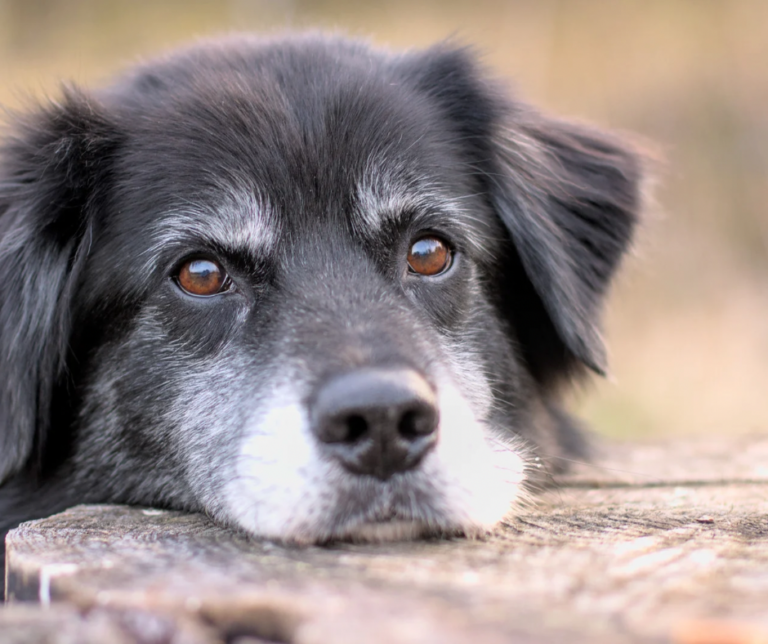
Caring for Your Senior Canine Companion
Caring for Your Senior Canine – Nourishing Their Well-Being Through Nutrition and Enrichment. As our cherished canine companions embark on their golden years, providing them with
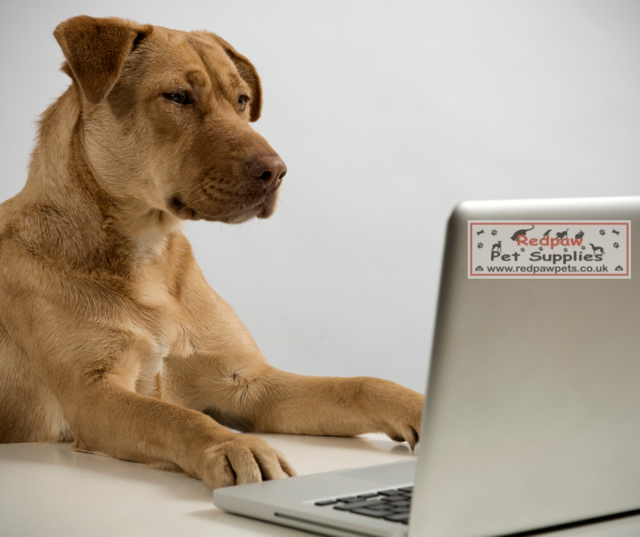
Benefits of Keeping a Dog Food Diary
Keeping a dog food diary can be incredibly beneficial for both you and your furry companion. Lets explore some reason why: Nutritional Balance: A food
